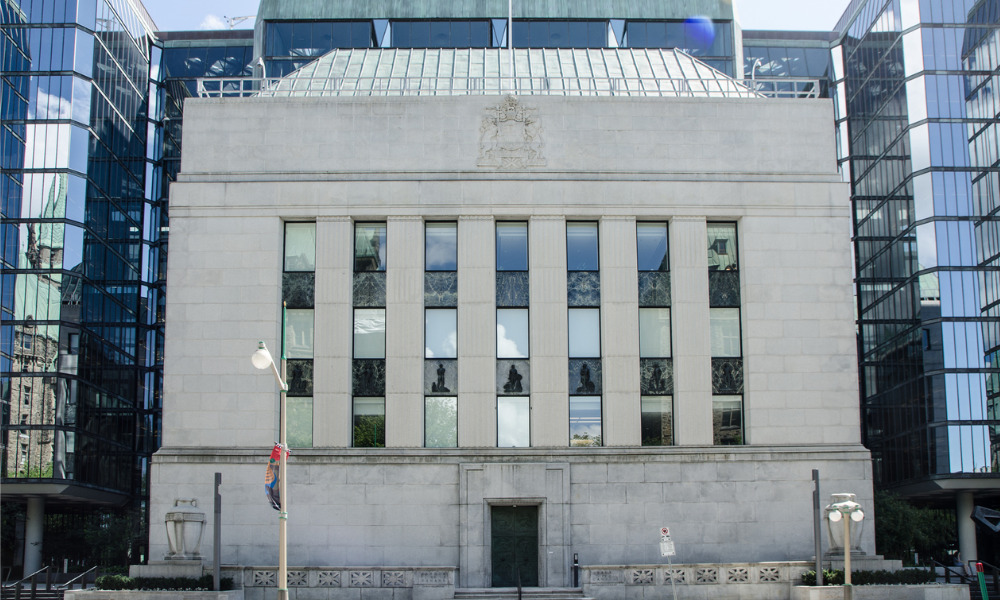The central bank has changed its benchmark rate for the first time in almost two years

The Bank of Canada has announced an increase in its benchmark interest rate, marking its first change for nearly two years and signalling the end of the rock-bottom low rates that have persisted throughout the COVID-19 pandemic.
The country’s central bank said in its March rate announcement that it was hiking the policy rate by a quarter point to 0.50%, a move that was widely anticipated after the Bank indicated in January that rate increases were on the way.
The Bank had maintained its policy interest rate at 0.25% since the end of March 2020, having slashed the rate three times in that month as the likely impact of the pandemic on Canada’s economy became apparent.
The move will come as little surprise to Canada’s mortgage community, with 10 of 12 brokers surveyed by Canadian Mortgage Professional last week having said that they expected the Bank rate to rise by 0.25% in today’s announcement.
Surging inflation was cited by many brokers as the main reason they expected an interest rate hike, with Canada’s annual inflation rate having surpassed the 5% mark for the first time in over 30 years, according to Statistics Canada figures.
Read more: Bank of Canada announcement – what do brokers think will happen?
The Bank of Canada has acknowledged in the past that inflation remains a significant concern, while also maintaining that it expects a return to more normal levels of annual price growth by the end of the year – although it indicated an increased risk today of longer-run inflation expectations.
The Canadian economy surpassed the Bank’s growth expectations in 2021’s fourth quarter, coming in at 6.7% compared with the Bank’s estimate of 5.8% in a development that will have eased the central bank’s concerns somewhat over a rate hike.
That said, the Bank noted that with housing market activity remaining elevated, further pressure has been added on house prices in Canada.
It also described Russia’s invasion of Ukraine as a “major new source of uncertainty” with prices for oil and other commodities rising, a development that it said could contribute to further inflation and have negative impacts on confidence and possibly global growth.
Pandemic-related worries appear to be waning slightly, with the Bank saying that economies were recovering from the impact of the Omicron variant “more quickly than expected” although it added that the possible emergence of new variants remained a cause for concern.
With that first rate increase in the bag, much attention will now turn to the Bank’s plans for the remainder of 2022 and 2023 in terms of the speed and frequency of future hikes.
The Governing Council “expects interest rates will need to rise further,” the Bank said in its latest statement, with the body also considering when to end the reinvestment phase and allow holdings of government bonds to shrink.
The Bank’s next announcement is scheduled for April 13, with its quarterly Monetary Policy Report also due to be published on that date.



